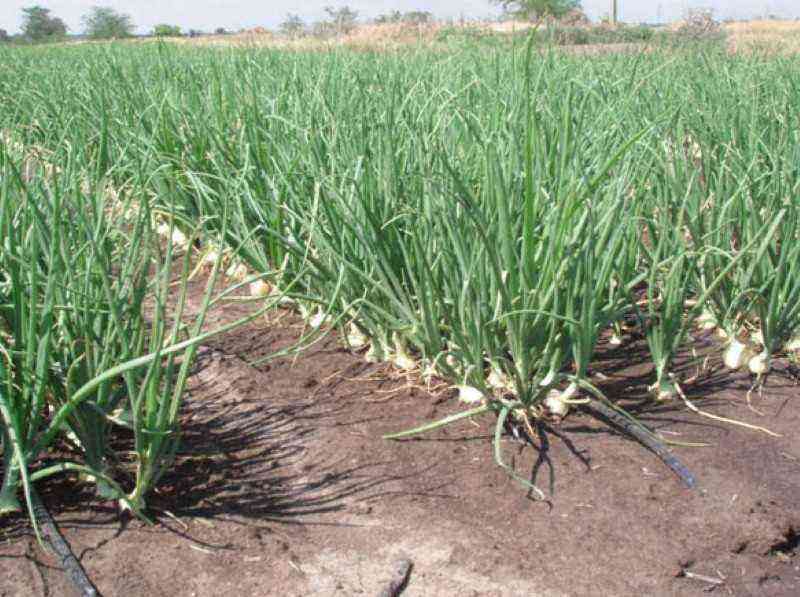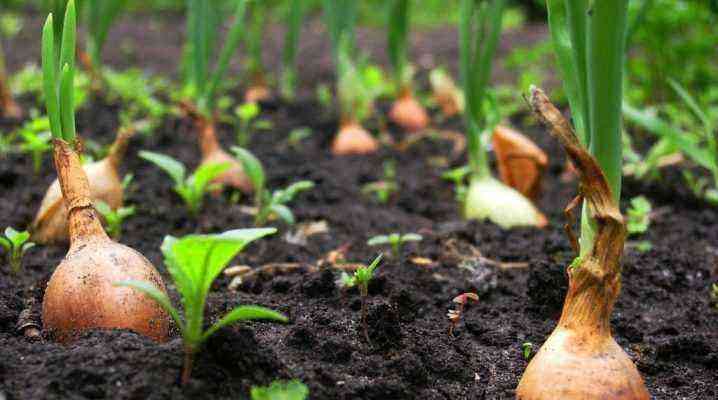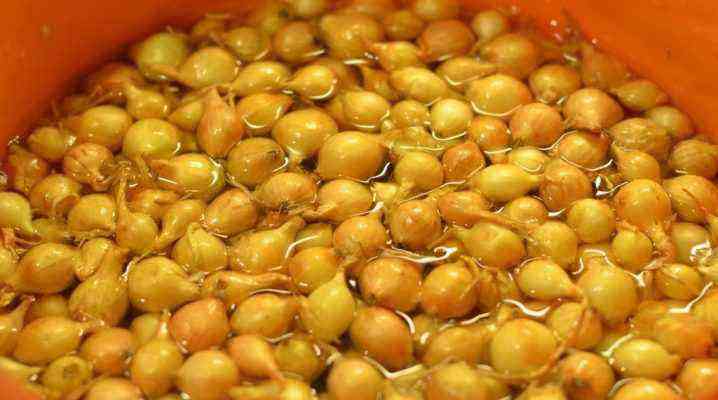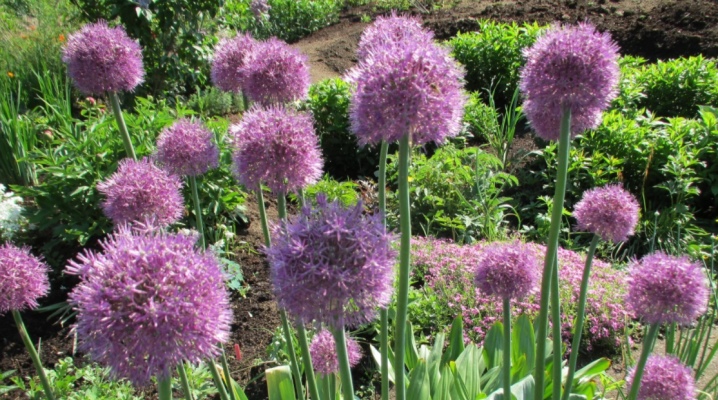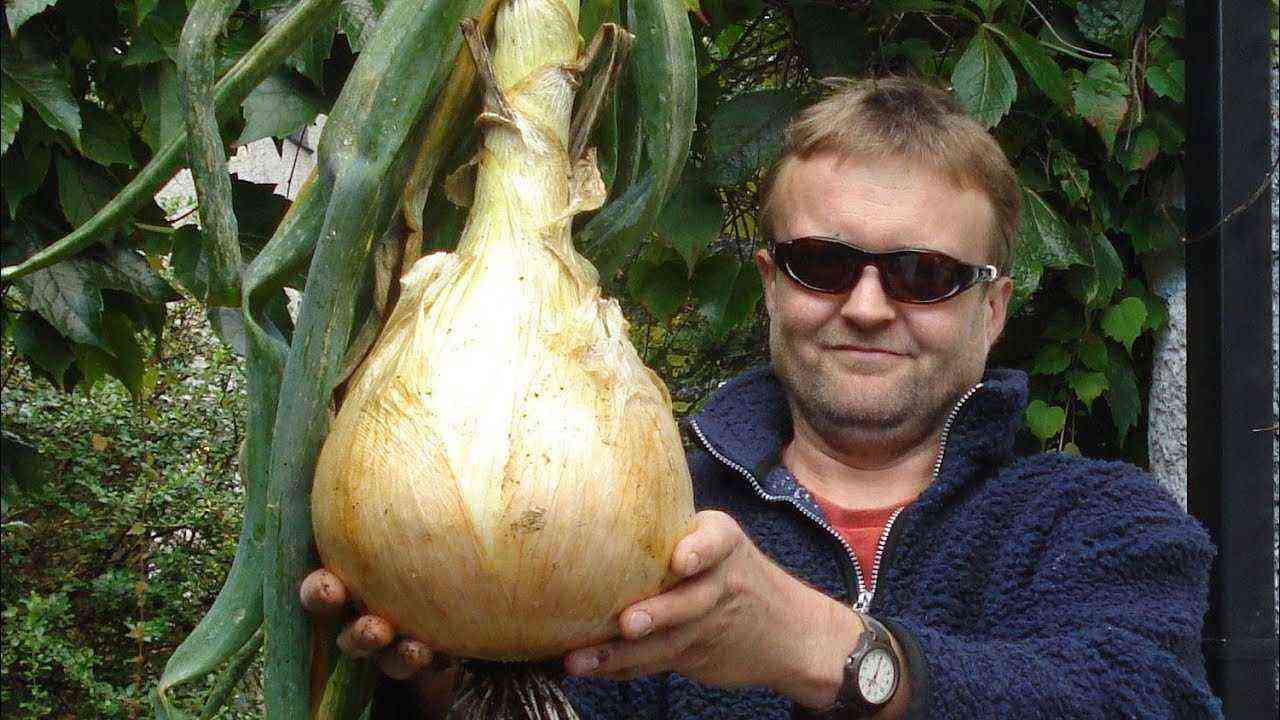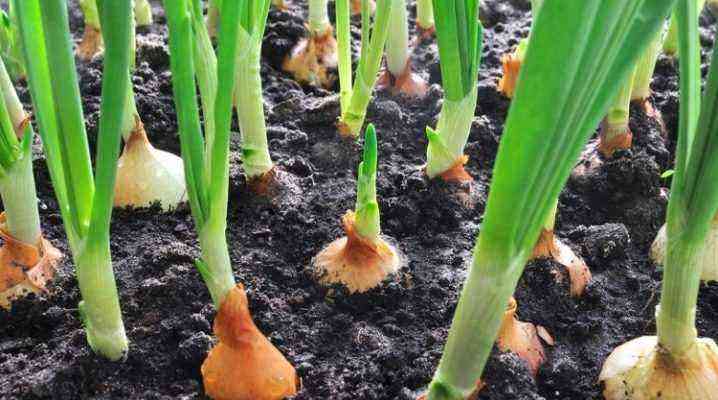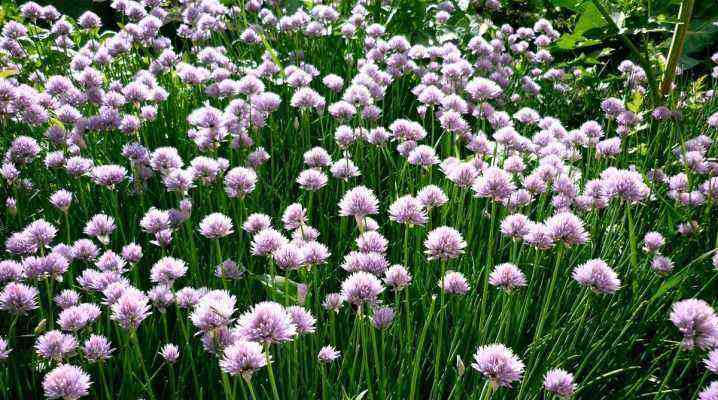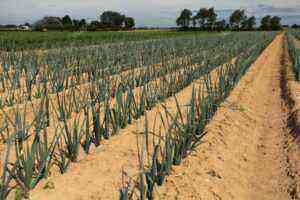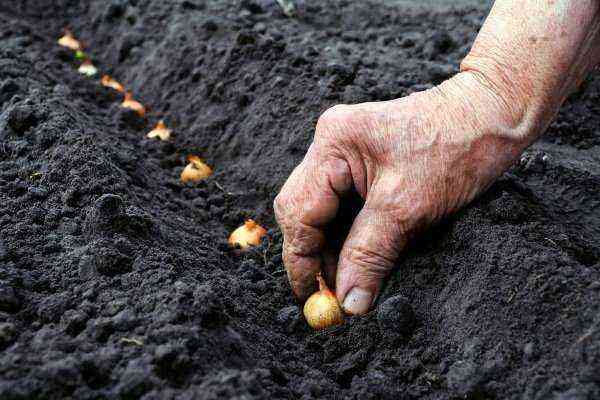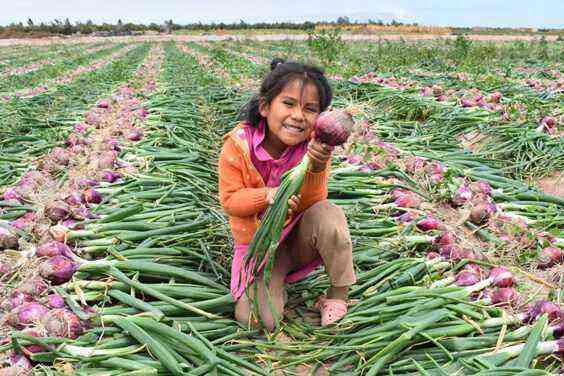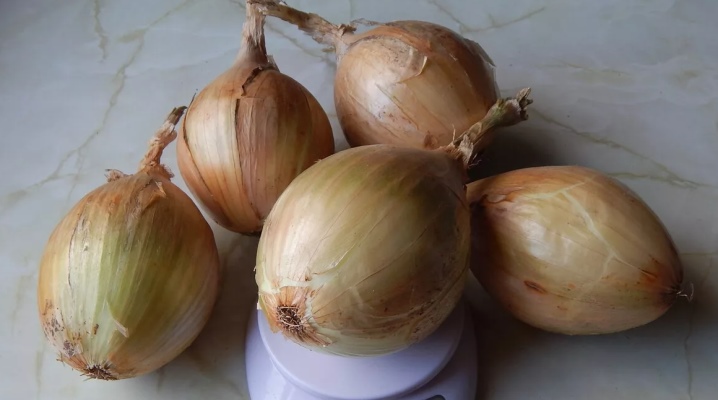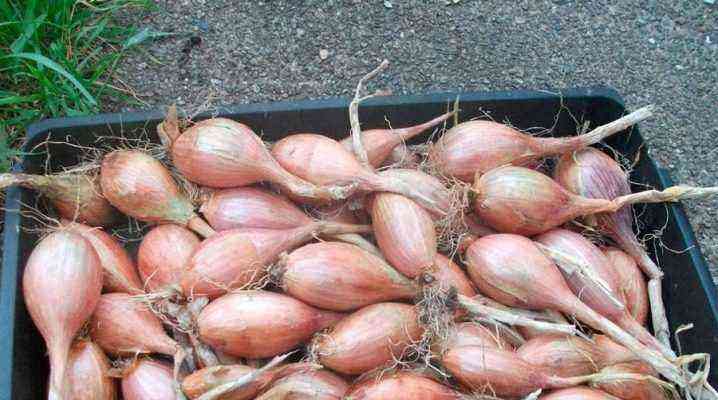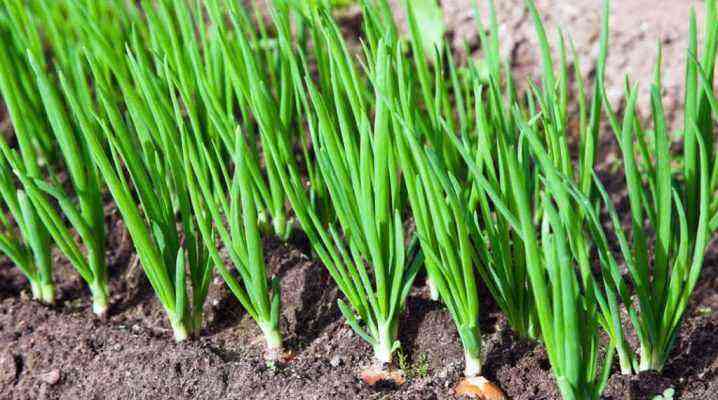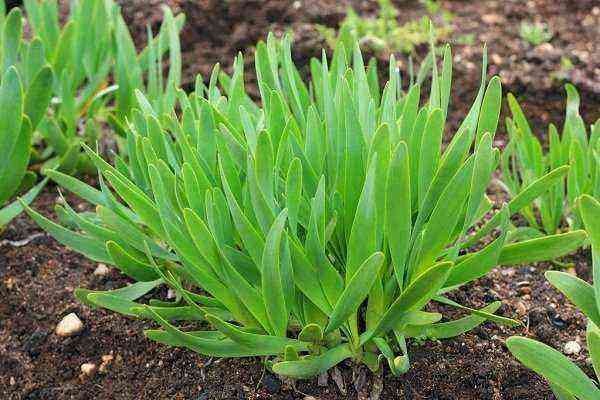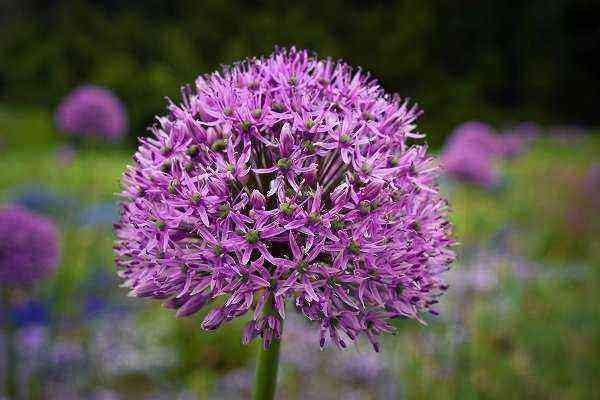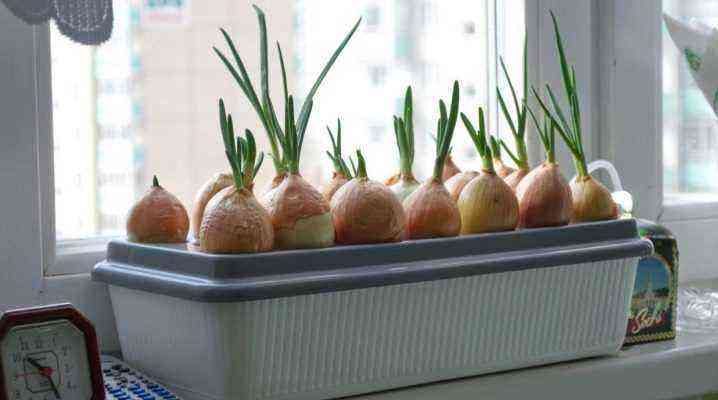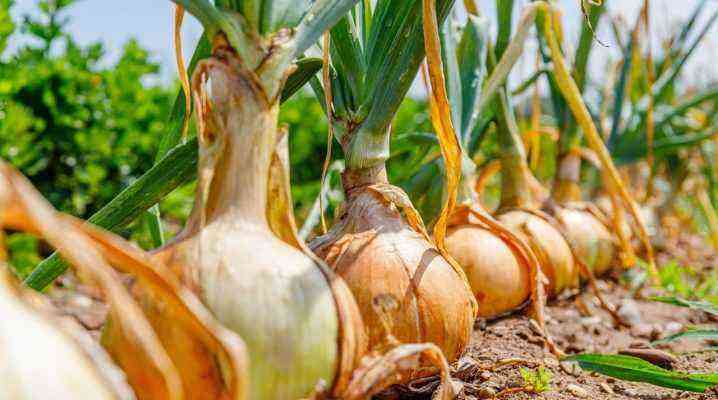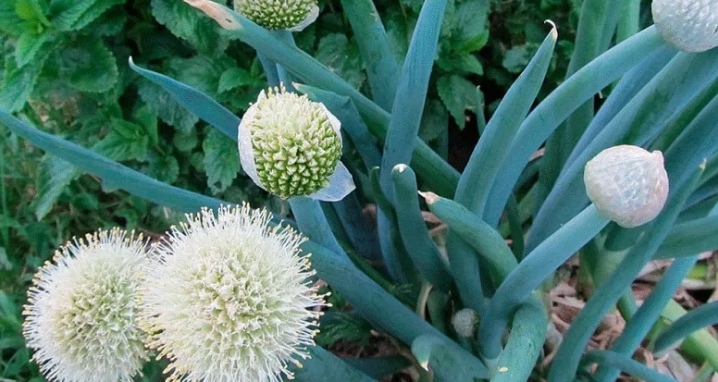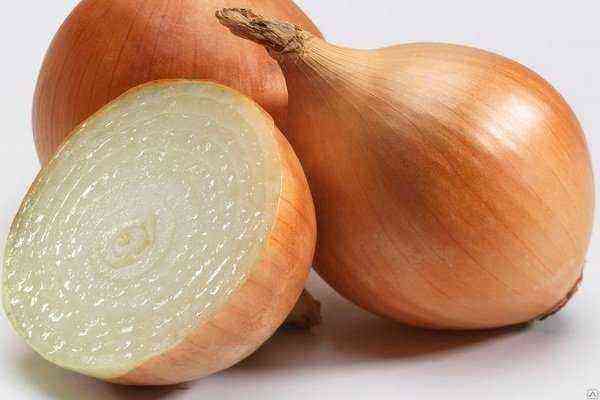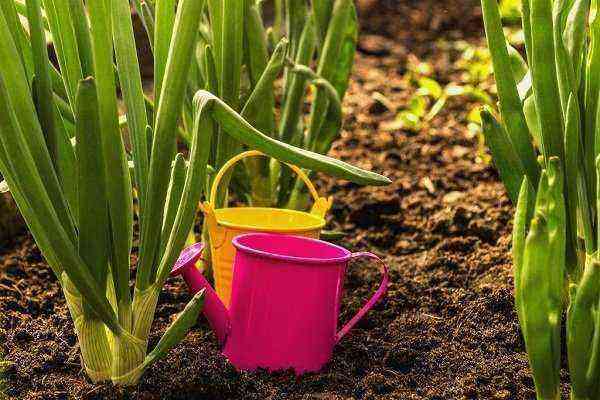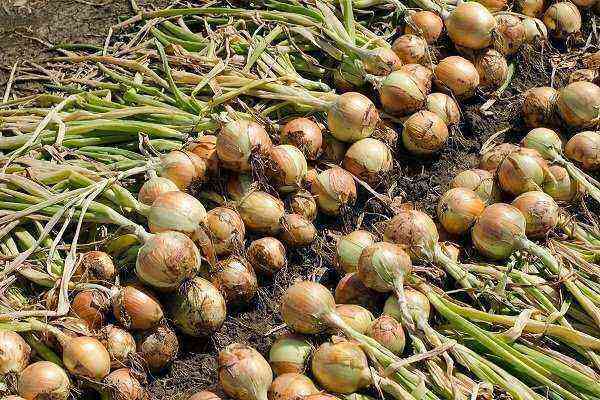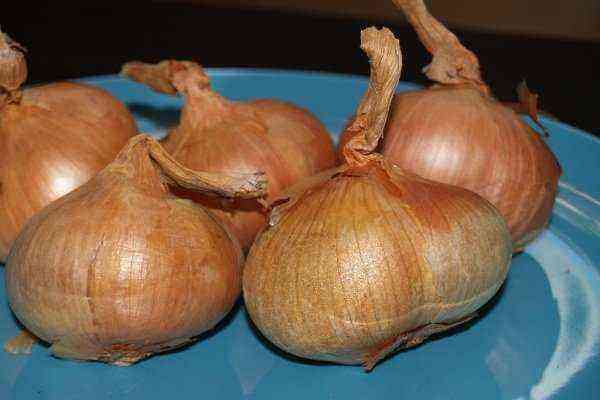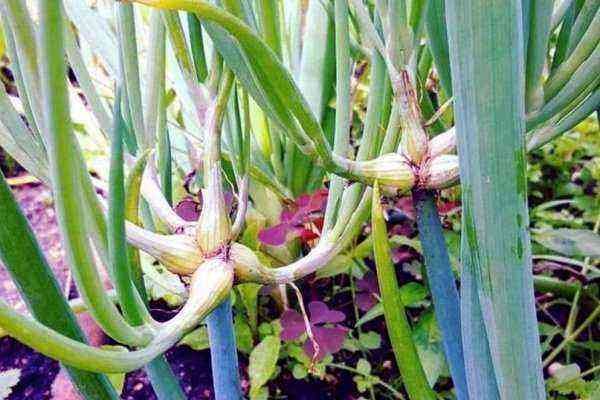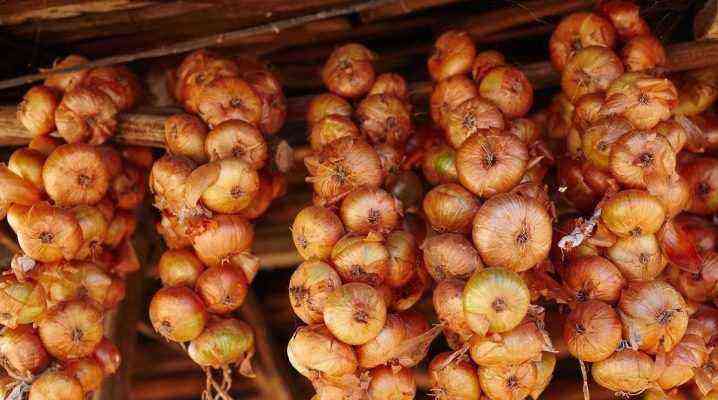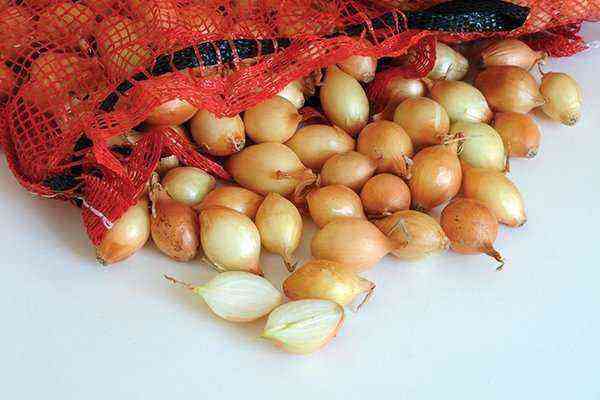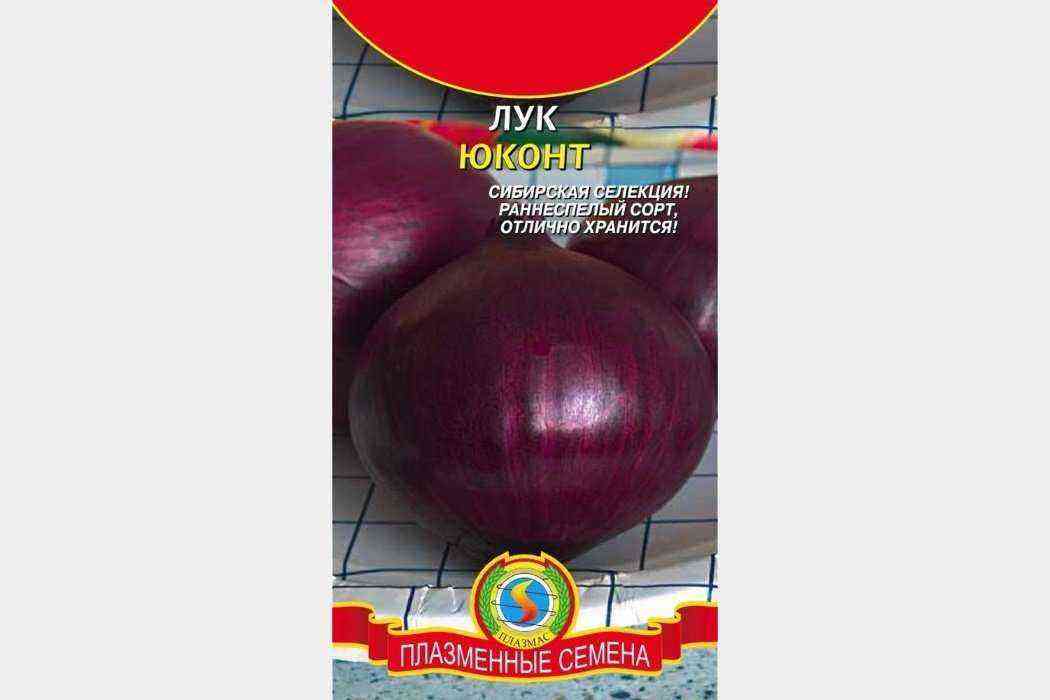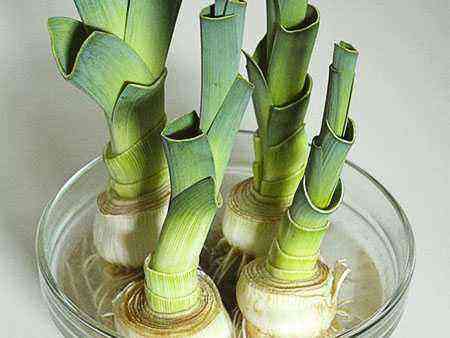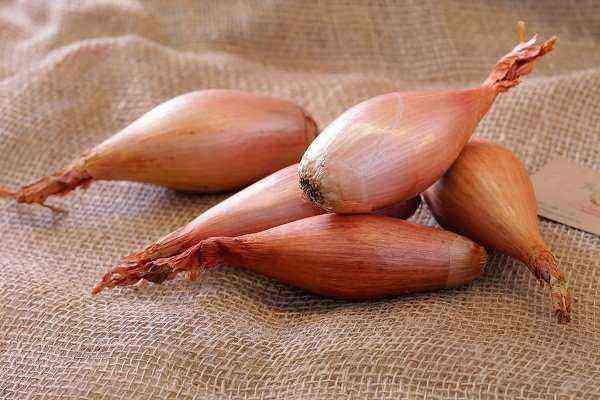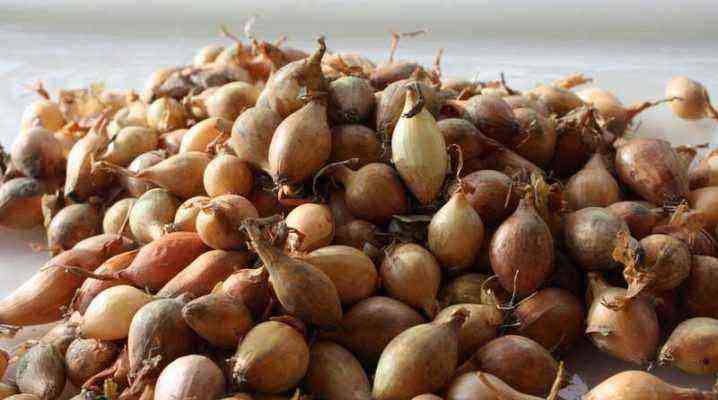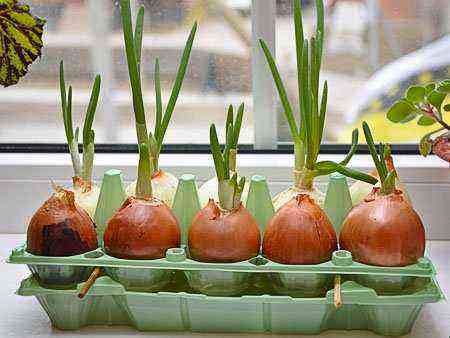Watering is one of the most important agrotechnical procedures in onion cultivation. It is required to know how to irrigate in greenhouses and in open soil, when to do it and in what quantities. Compliance with such subtleties will allow you to grow a good and healthy crop.
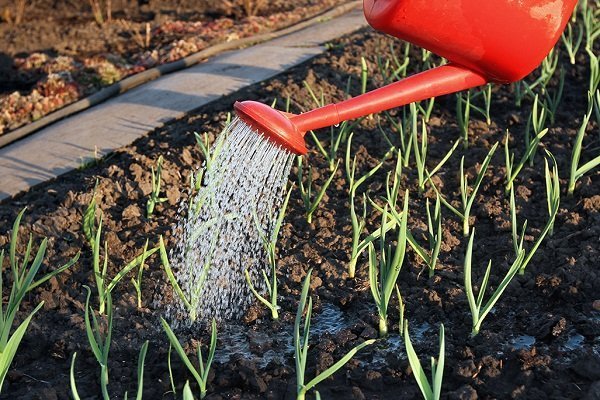
When to start watering?
It is necessary to water the onion from the moment it is planted, but an important condition is irrigation in moderation, otherwise the plant will be attacked by various fungi that develop in conditions of excessive importance.
In the spring, onion watering is carried out when the sun dries the ground after the winter period. As soon as greens and foliage begin to break through, you can water the plant.
General rules
Watering is necessary, because the plant instantly reacts to any changes in climate and soil. If the bulb is in dry and not moistened soil for a long time, it simply stops growing greens and nourishes the tuber itself.
To harvest a quality crop, follow the rules for irrigating the beds, which include the following points:
- make sure that water does not fall on the bulb itself and its leaves;
- the soil should be saturated with water to a depth of 20 cm;
- make sure that the soil crust does not appear;
- use water for irrigation, the temperature of which is from +14 to +17 degrees;
- water the beds in the evening;
- the most effective irrigation method is a drip system;
- stop watering a few weeks before harvest.
From the moment of planting, the onions are watered for about two months, and the frequency depends on the level of soil moisture and weather conditions.
In the greenhouse
To get the onion crop as early as possible, the crop is planted in greenhouses. Greenhouse conditions make it possible to grow onions at any time of the year, the main thing is to take into account the peculiarities of watering:
- moisten the soil on the eve of planting, and for better moisture retention, mix the soil with sawdust;
- on the day of planting, carry out the first watering with a warm, weak solution of manganese;
- after a week, water the beds using the ecological biological product Fitosporin M (1 tbsp per bucket of water);
- subsequent watering is carried out only in case of drying out of the soil (water temperature is +17 degrees);
- then, based on the temperature values, determine how often you need to water: at + 15-20 – once every 10 days, above +25 – once every 4 days;
- check the quality and condition of the soil and, depending on this, determine the required amount of water.
By following these simple conditions, you can harvest in 25-30 days.
In open ground
Watering onions in open ground is a more complicated process than in greenhouses, since in the second case soil moisture is easier to control. Under the influence of the sun and wind, the open ground dries out faster, which has a direct impact on the yield of onions. To obtain an annual stable harvest, it is recommended to have a notebook in which to draw up an irrigation schedule.
For the first time, the soil is watered immediately before planting. Such watering is needed to settle the soil so that the planted onion does not then appear on the surface. Use approximately 20 liters of water per 1 sq.m.
After that, make grooves for planting and spill them, and then proceed directly to planting onions. Sprinkle the culture with soil and carry out the first watering. Use for irrigation water with the addition of Fitosporin or potassium permanganate to disinfect the soil:
- Phytosporin added in the amount indicated on the package of the drug;
- potassium permanganate diluted in water until a pale pink solution is formed.
Before the appearance of a green feather (5-10 cm), it is not necessary to water the onion. Then irrigate the plants until the water sinks into the ground, and loosen the soil the next day.
In the future, water no more than once a week and pay attention to weather conditions:
- in dry, dry weather, onions need one watering per week;
- after heavy rains, water the beds no earlier than a week after their completion;
- if the weather was hot, but there was a little rain, water according to the schedule, as if this rain had not happened at all.
After the beginning of the formation of the bulbs and the breaking off of their arrows, mandatory watering is carried out, since when the arrows are formed, the bulb practically stops pouring, and all the moisture goes into this very arrow.
Next, based on the level of maturity of the onion, you must determine when to stop watering completely.
Methods for watering onions
Watering with a hose is a dangerous undertaking, as a strong jet of water can expose the bulbs, making them vulnerable. Also, soil erosion should not be allowed, so consider how you will water:
- sprinkler – a more gentle method than a regular hose, but even this method can harm your crops – wash the seeds.
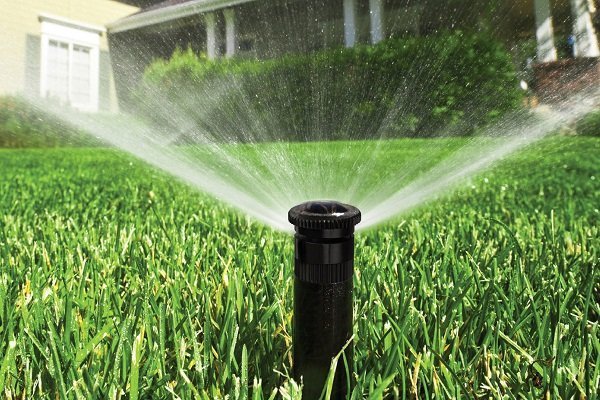
- Watering can – a simple inventory that is used when watering onions grown on a feather, but if you are interested in a turnip, then irrigate between rows.

- Hose. You can also use a hose, but carefully monitor the level of pressure – it should be small, and in the beds themselves, between the rows, make a groove into which water is poured.
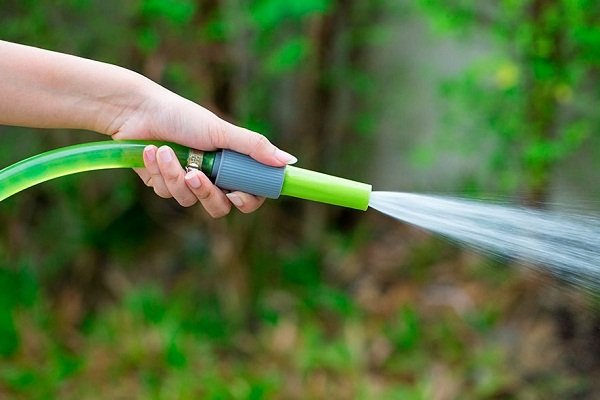
- Drip irrigation system. It is best to lay a hose between the rows with small holes along the entire length every 8-10 cm. This is how watering is carried out between the rows, and this is enough for the onion, which is why it is not necessary to make taps to the side to bring moisture directly under the root.

Features and norms of irrigation
Consider the need for watering at different stages of planting and ripening of the crop, since each period has its own characteristics.
After planting
Irrigation rates and the amount of water depend on the weather and onion planting methods. The schema looks like this:
- Sowing seeds. The soil is well watered before planting, and after that it is simply regulated taking into account the weather and the drying of the soil – several times a week at the beginning of the growing season in May-June, after which watering stops.
- Sevok before winter. The soil is not touched at all, not watered or moistened.
- Sevok in the spring. To root and form the bulbs, it is enough to water the beds twice a week with a water consumption of 6-10 l / sq.m.
Early growth
Once the bulbs are established and start to grow, the need for watering is slightly reduced, but you need to irrigate as needed and according to weather conditions.
With frequent and heavy rains, onions can not be watered, and in dry weather with a temperature of + 25-30 degrees, it is recommended to water every 5-7 days.
When ripe
When onions ripen, watering is reduced, otherwise it affects the duration of storage of the crop and its taste. Because of this, a few months after planting the plant, the intensity of watering is reduced depending on the variety planted.
Before the harvest
A couple of weeks before harvest, irrigation stops altogether. The crop must be harvested from dry land, otherwise the subsequent drying process will be delayed, and the bulbs themselves will be stored worse.
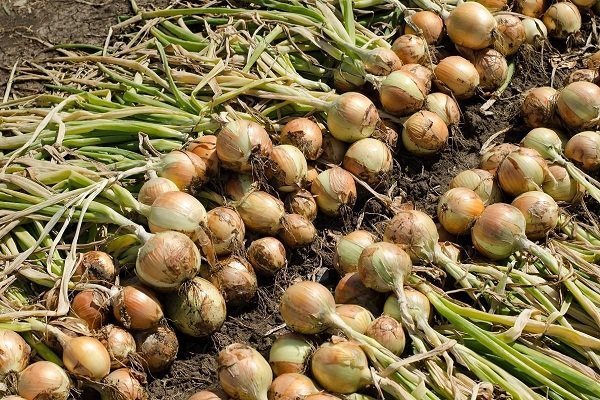
What mixtures are used for irrigation?
There are situations when onion feathers turn yellow and dry out. Many gardeners believe that this is due to the lack of watering in hot weather and flooding their garden more, which causes even more damage. The cause is most often the larvae of the onion fly, which eat up the roots of the onion, which causes yellowing and wilting.
Helps to cope with the problem of watering onions with salt water. A working decoction is prepared from table salt and pure water. In one season, three irrigations are carried out with a frequency of 10 days:
- The first watering is carried out when the feathers grow by 5-7 cm. The solution is made weak – 300 g of salt is dissolved in 10 liters of water. Half of this volume will be spent on 1 sq.m. You need to water at the root.
- During the second watering, the amount of salt is increased to 400 g.
- During the third – until 600.
If the first watering helped to cope with the onion fly, then the other two can also be left at 300 grams. After each watering with salt water, be sure to water the onion with clean water.
When to stop watering?
As the harvest time approaches, watering is gradually reduced. This helps maintain the humidity at the required level until the constriction appears on the neck of the onion (it thins and becomes soft), and the feather begins to gradually lie.
When the onion greens actively fall on the ground, then about 2-3 weeks before harvesting, watering is stopped altogether. It is important to monitor the weather during this period – if it rains, and the onions are already ready for harvesting, you need to cover the bed from rain.
Otherwise, secondary growth may begin, accompanying the re-shooting of arrows, and this negatively affects the quality and quantity of the crop.
Danger
If you violate the irrigation regime, certain consequences may occur.
Overflow
When irrigating onions, keep in mind that oversaturation with water is a rather dangerous factor for onion crops. If the amount of water exceeds the norm, then the risk of developing pathogenic bacteria increases significantly, which affects the duration of maturation after harvest.
In addition, the onion, oversaturated with moisture, rots – because of this, the turnips become inedible, which nullifies all your efforts.
No moisture
The lack of moisture has one significant disadvantage – the plant can significantly slow down growth or even stop in development. Therefore, the issue of timely and normalized watering is very important.
Planting onions takes place in several stages, and watering plays an important role in this process. While the bulbs are growing, whether in open ground or in a greenhouse, the soil should be well prepared and watered. The better and better the land is irrigated, the faster the culture takes root.

